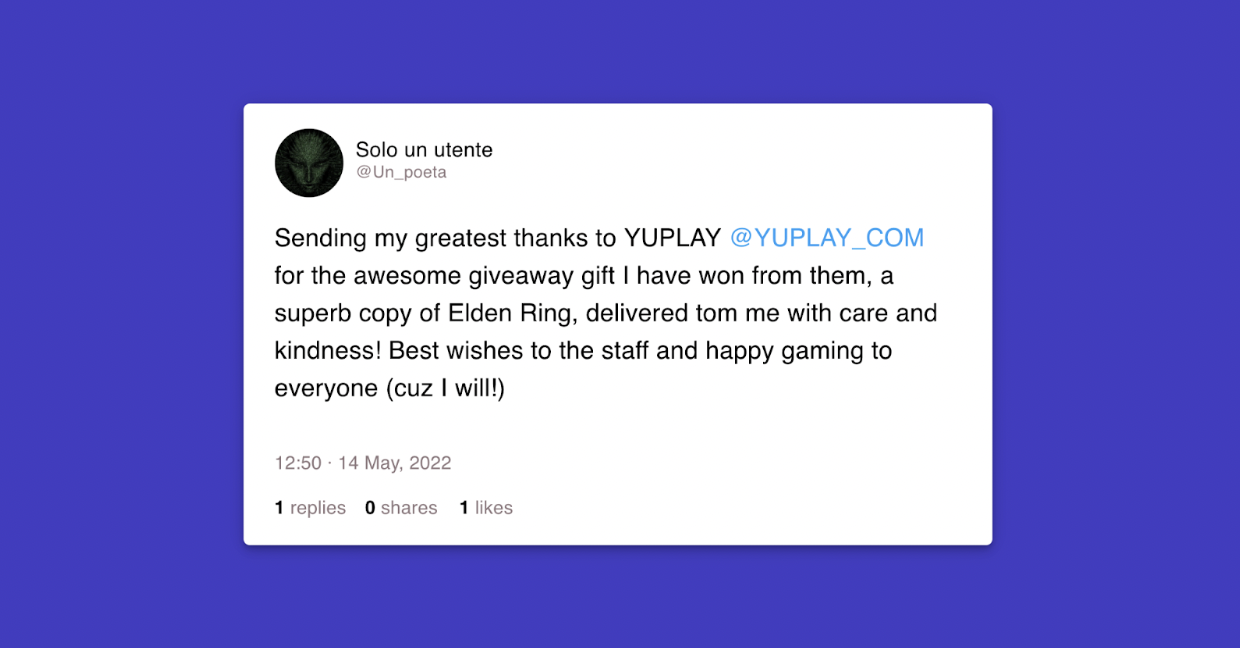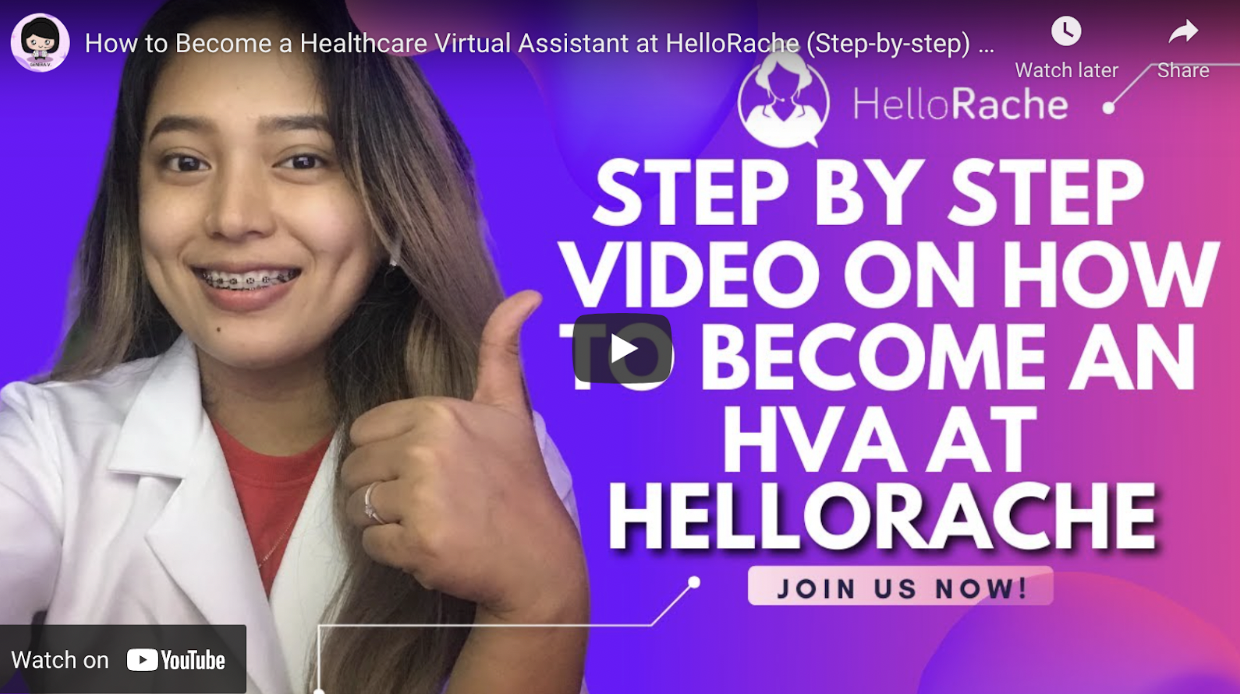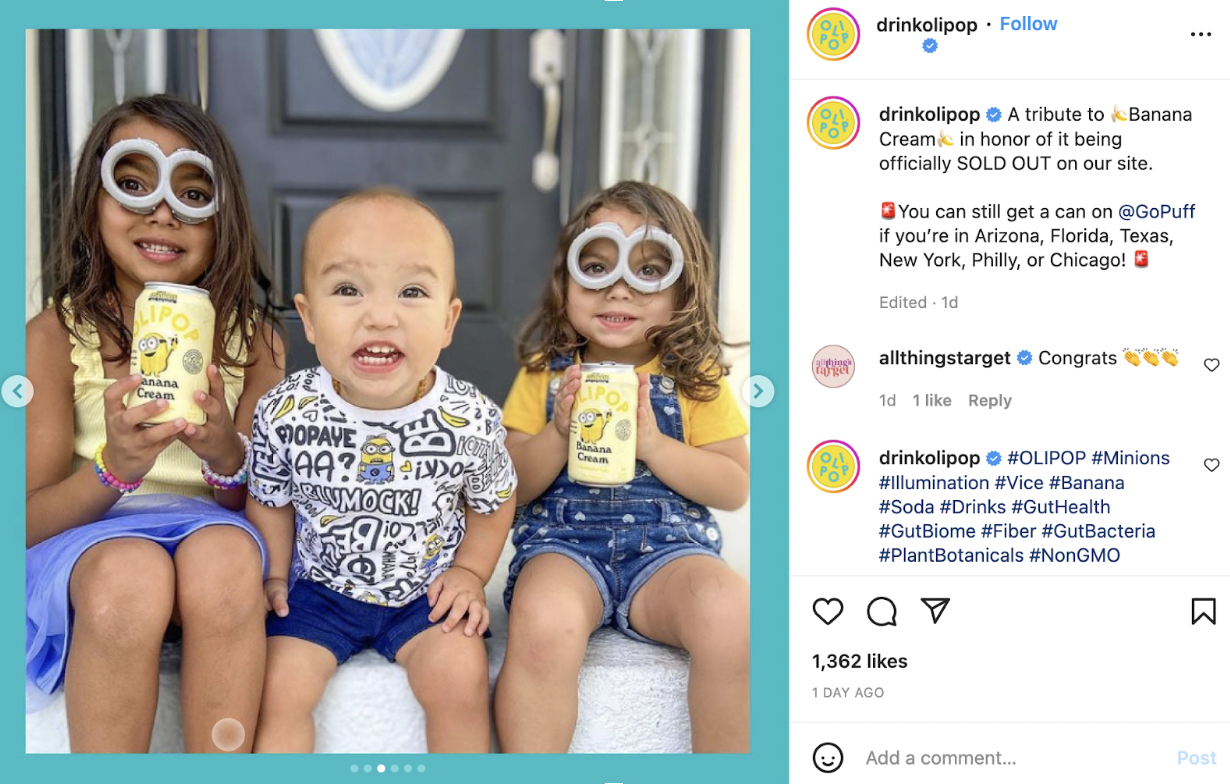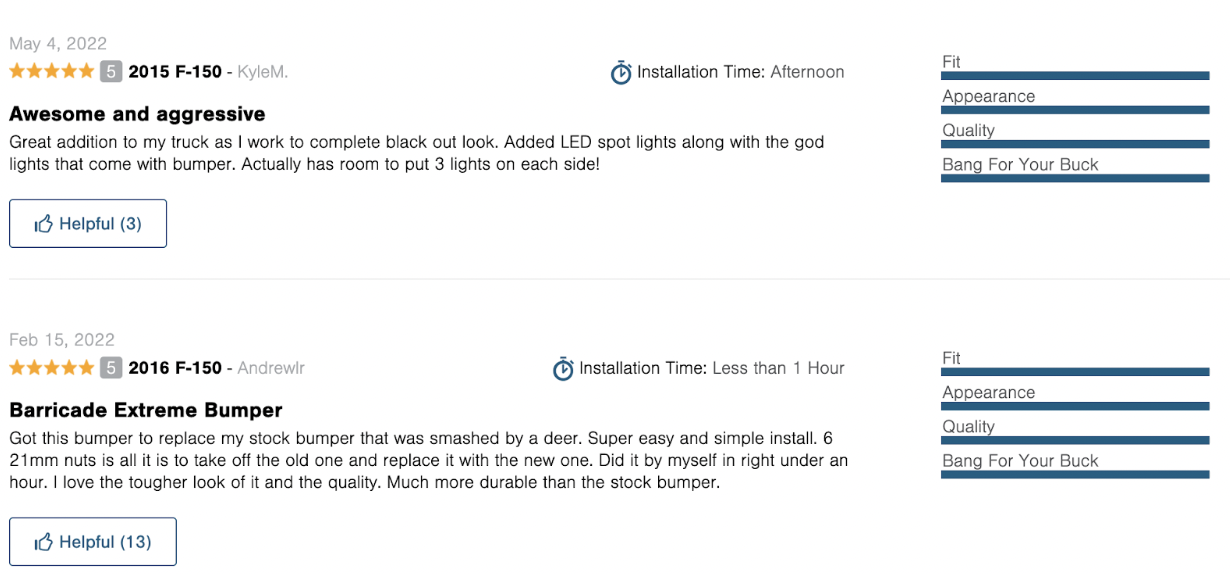79% of consumers agree that user-generated content highly impacts their purchasing decisions. That's 9.8x higher than the impact from influencer content.
And frankly, user-generated content (UGC) is a marketing strategy that companies aren't only using to drive B2C sales but also B2B sales.
Yes, that's right. Let's break it down even further. Don't underestimate the power of user-generated content for your B2B marketing efforts.
User-generated content is any type of content created by users instead of by an organization. It can include posts on social media platforms like Instagram or Facebook, reviews on sites like G2 or Clutch, videos on YouTube or Vimeo, comments on blogs, podcasts, etc.
UGC allows you to engage with their audience and build trust.
If you want to learn how to create a user-generated content strategy, follow these four simple steps to help drive sales and create a foundation for long-term business growth.
Let's dive in.
Why is user-generated content so important?
User-generated content is an important part of any content marketing strategy.
It's a great way to:
- Gain access to free marketing content
- Increase engagement and reach with your brand
- Build trust with customers by showing them social proof of what others think about your company
- Create more opportunities for people to share their experiences with your product or service
Even industry experts are starting to take notice. For example, Gordon Meagher from Tailor Brands says, "Companies have found that they can turn customers into advocates through this persuasive form of content. Often, strong communities will then form behind your business."
Stop wasting time and energy trying to figure out how to make unique content adapted to your data-driven ICP (ideal customer persona) to boost conversions. Take advantage of user-generated content instead, where you can spread brand awareness, create new content, and build trust simultaneously.
Can you already hear the repeat sales rolling in?
Building a strategy
As part of your marketing strategy, you should encourage customers to create more user-generated content about your business, products, and services.
Follow these four simple steps for the best results.
Step 1: Identify your goals
First, you need to know what you want to achieve and what type of UGC will help you reach those goals.
Are your goals to boost brand loyalty and the number of repeat customers? Or are you looking for a viral approach to increase brand awareness? Identifying these goals will help you formulate an appropriate strategy.
If you are working on a UGC strategy for an SaaS company selling the best VPNs to local businesses, your success metrics might look like this:
- Increase sales of VPNs by 20% within six months
- Improve brand awareness by partnering with three tech influencers on YouTube
- Build trust with potential leads by adding customer testimonials to your website
Step 2: Decide how you will reward participants
The next step is to decide how you'll reward your participants. The goal here is to incentivize users to create content and share it — and for you to reap the benefits.
There are a few options:
- Discounts, free products, or other incentives for users who submit user-generated content that meets certain criteria (for example, "most viewed" or "best comment")
- Exclusive access to special offers and products only available through your program
- A chance for one lucky winner each month to win a prize
Discover: How to distribute content
Step 3: Acquire user-generated content
The third step to creating a user-generated content strategy is acquiring the content.
Acquiring UGC doesn't have to be rocket science. Start by:
- Running social media contests
- Finding reviews on G2 or Clutch
- Partake in a social listening strategy to find online mentions of your brand
- Use hashtags
- Leverage influencers
Take this user-generated tweet for YUPLAY as an example. They hit the nail on the head by following a few simple steps.
- They created a giveaway for users to win a copy of Elden Ring.
- They used social listening strategies to find positive brand mentions from the giveaway winners on Twitter.
- They quickly responded to the winner of the giveaway, acknowledging the positive message. An effective next step could be turning the tweet into a high-quality image using a tweet image generator tool and sharing it across all social media platforms, expanding its reach.
Responding promptly to brand mentions is a good way of improving the user experience. Following the example, YUPLAY could use social listening tools to choose the next giveaway prize depending on what its audience is saying. It could be another trending game or a popular DLC on their shop.
The more eyes you can get on your content, the better. But more on that later.
Another way to acquire user-generated content is by sending products to influencers in your niche or by encouraging people to review your services and share them on social networks.
YouTube is the perfect medium for influencers in the B2B space to create user-generated content. According to Social Bakers, micro-influencers can generate up to 60% more engagement than macro-influencers and have a 20% higher conversion rate.
For example, a micro-influencer filmed a step-by-step video on becoming a healthcare virtual assistant (HVA) for HelloRache.
With less than 4,000 subscribers, this micro-influencer generated more than 33,000 views and shared her positive experience with the HVA hiring process.
When it comes down to it, influencers generate sales mainly because they have a following that trusts them — and if followers see a positive experience, they're more likely to try it on their own.
Step 4: Feature user-generated content
Now that you know all about user-generated content and how to create it, let's talk about promoting this new content across your platforms.
When promoting your company's user-generated content on social media platforms like Facebook, Instagram, or Twitter, make sure your brand voice comes through in the copy of your posts.
Consistency is key. Make sure to use a tool with a photo editing background, photo effects, and filter capabilities to edit the content you'll use and give it a look that's consistent with your brand.
Olipop does an excellent job ensuring that their carousel post featuring UGC has a consistent background color for a more cohesive look. It’s especially important for a large announcement, such as the success of their latest drink flavor.
You don't have to rely solely on social media to share your user-generated content. You can place it directly on your website.
For example, customers are more likely to buy truck accessories if it's recommended by others and has good reviews. American Trucks embeds their customer reviews directly in the product pages as social proof.
Social proof is a phenomenon that occurs when people look to the actions of others to help with their decision-making process. That's why testimonials are so effective in marketing — they provide social proof that a product or service is trustworthy and, in return, drive more sales.
Wrapping up
A user-generated strategy can be very powerful in marketing your product or service. It gives customers an active role and creates a personal connection with your brand.
Use a UGC strategy to grow your business by building trust and relationships with your customers, making your brand message louder, highlighting your product's value, and increasing sales.
.png?width=1600&name=Group%2017%20(1).png)






